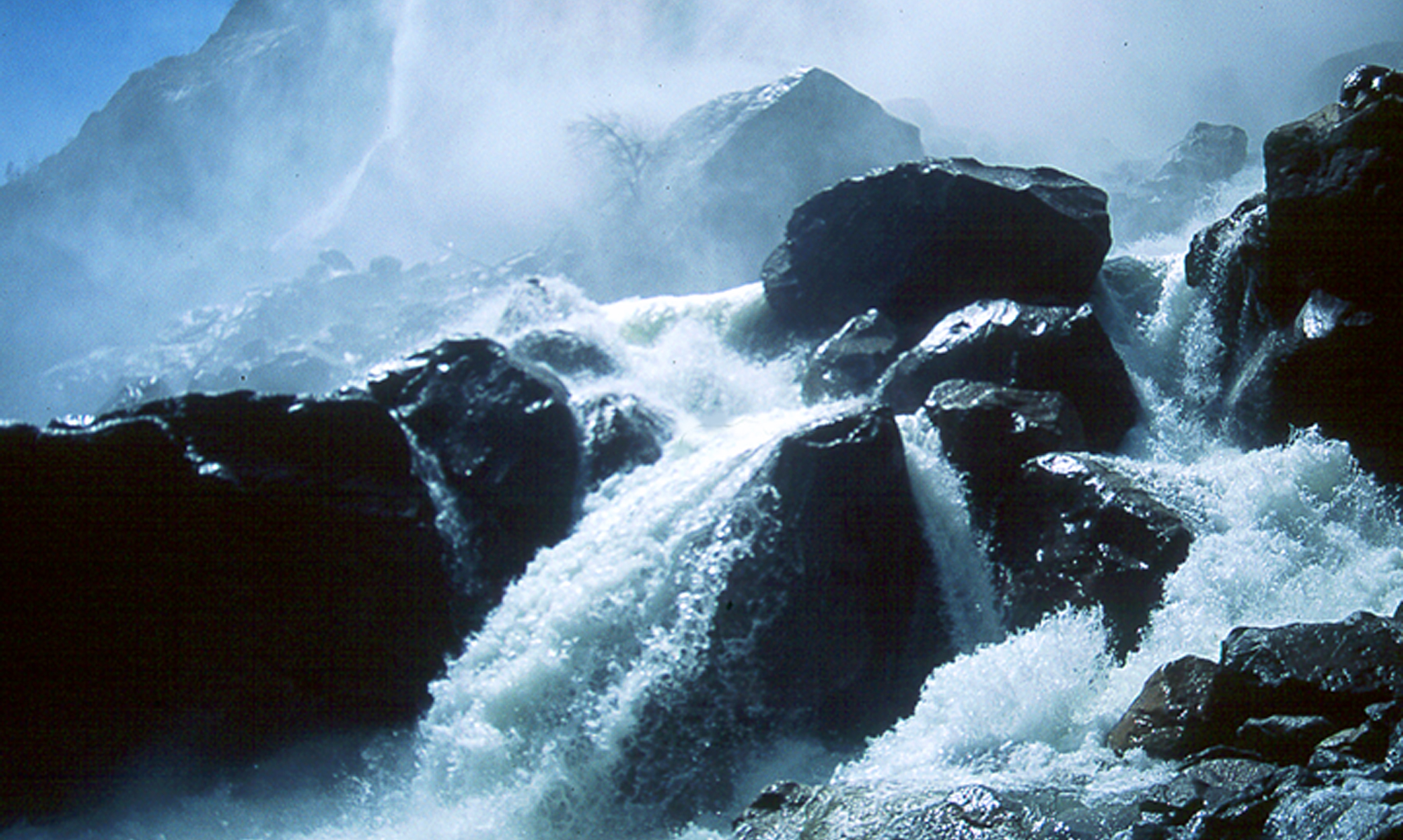Welcome to the Web site of the Tuolumne Group of the Sierra Club. Our group is one of eleven groups in the Mother Lode Chapter of the Sierra Club. This Web site has information about our activities and conservation issues here in Tuolumne and Calaveras Counties.
The beautiful foothill and forest region on the western slope of the Sierra Nevada is a destination for millions of visitors each year. Protecting the environment, especially water quality in streams and rivers, not only helps plants and wildlife, but also benefits recreation and tourism.
All active members of the Sierra Club who live in Tuolumne and Calaveras Counties are members of our group, and should be on our mailing list. We invite all members to our monthly meetings, and other programs and outings listed here. If you are not yet a member of the Sierra Club, please go here to join (this link will take you to the main Sierra Club Web site). In addition, our local group is seeking new members for our Executive Committee (ExCom).
